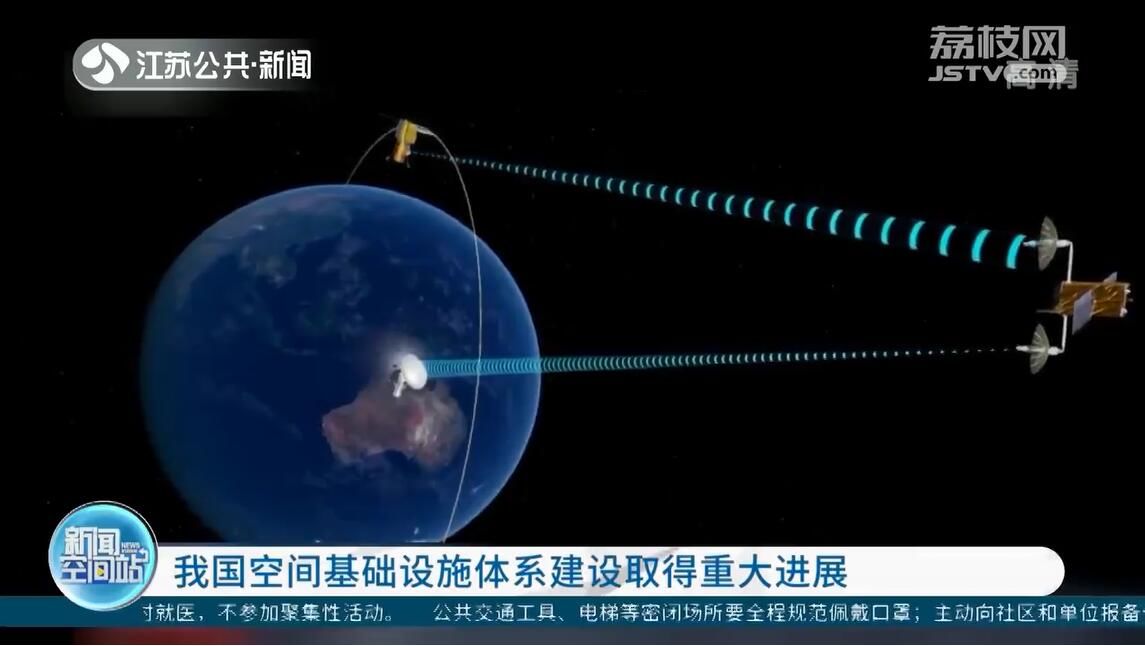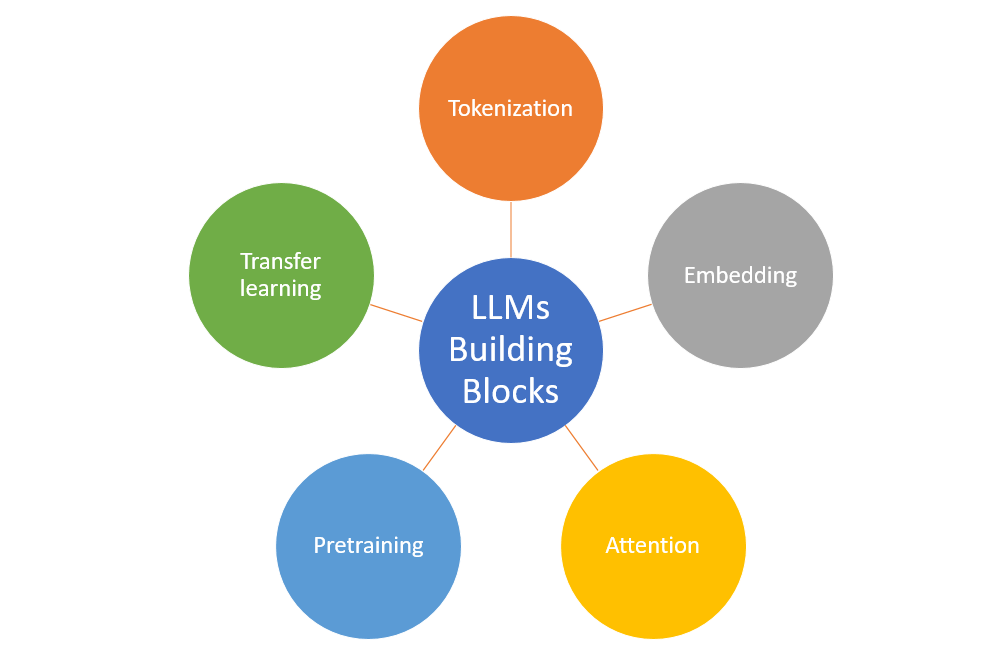Development And Deployment Of China's Orbital Supercomputer

Table of Contents
Technological Challenges and Solutions in Developing an Orbital Supercomputer
Creating an orbital supercomputer requires overcoming significant technological hurdles. The extreme conditions of space demand innovative solutions for miniaturization, radiation hardening, and data transmission.
Miniaturization and Power Consumption
Building a powerful supercomputer capable of performing complex calculations while remaining compact enough for launch presents a considerable challenge. Minimizing size directly impacts weight, reducing launch costs and improving maneuverability. Simultaneously, minimizing power consumption is critical for extending the operational lifespan of the system, as power sources in space are limited.
-
Miniaturization Techniques:
- Advanced chip packaging technologies
- 3D chip stacking
- System-on-a-chip (SoC) designs
- Highly efficient circuit designs
-
Power-Saving Strategies:
- Low-power processors and memory
- Dynamic power management techniques
- Energy harvesting from solar radiation
- Highly efficient cooling systems using advanced materials like microfluidic channels.
Radiation Hardening and Space Qualification
Space is a hostile environment filled with high-energy radiation that can damage electronic components. Radiation hardening involves designing and manufacturing components that can withstand this radiation, ensuring reliable operation throughout the supercomputer's mission life. This requires rigorous testing and qualification procedures.
-
Radiation Mitigation Strategies:
- Utilizing radiation-hardened integrated circuits (RHICs)
- Employing shielding materials like lead or specialized polymers
- Implementing error detection and correction codes
- Designing redundant systems to handle component failures
-
Rigorous Testing Procedures:
- Total Dose testing
- Single Event Effects (SEE) testing
- Thermal vacuum testing
- Vibration testing
- Electromagnetic interference (EMI) testing
Data Transmission and Communication
High-speed data transmission from orbit to Earth and vice-versa is crucial for the orbital supercomputer’s functionality. The vast distance and potential signal interference demand advanced communication technologies. Low latency is also crucial for many applications, requiring advanced protocols and efficient data compression.
-
Data Transmission Methods:
- Laser communication systems offering high bandwidth and low latency.
- Ka-band and Q/V-band satellite links
- Advanced error correction codes to ensure data integrity
-
Data Security and Integrity Strategies:
- Encryption techniques to protect sensitive data
- Data integrity checks and checksums
- Redundant data transmission to mitigate signal loss
Deployment Strategies and Orbital Infrastructure
Successfully deploying and operating an orbital supercomputer demands careful planning and execution, encompassing launch, orbital placement, and sustained operation.
Launch Vehicle and Deployment Mechanisms
Launching a supercomputer into orbit requires a powerful and reliable launch vehicle capable of carrying the necessary payload to the designated orbit. The deployment mechanism must ensure the safe and reliable release of the supercomputer into its operational configuration.
-
Potential Launch Vehicles:
- Long March series rockets (China)
- Falcon 9 (SpaceX)
- Other heavy-lift launch systems
-
Deployment Strategies:
- Deploying from a dedicated satellite platform
- Direct deployment from the launch vehicle's upper stage
Orbital Positioning and Station-Keeping
The choice of orbit significantly impacts the supercomputer's operational capabilities and longevity. Maintaining its precise position requires sophisticated station-keeping techniques.
-
Orbital Configurations:
- Low Earth Orbit (LEO) for ease of access but with higher atmospheric drag
- Geostationary Orbit (GEO) for continuous coverage of a specific area, requiring high launch energy
-
Station-Keeping Strategies:
- Orbital maneuvers using onboard thrusters
- Utilizing gravity assists
- Precise orbit prediction and adjustment
Power Generation and Thermal Management in Orbit
Sustained operation requires a reliable power source and efficient thermal management to prevent overheating in the extreme temperature fluctuations of space.
-
Power Generation Technologies:
- Solar panels with high efficiency
- Radioisotope thermoelectric generators (RTGs) for longer missions
-
Thermal Control Systems:
- Passive cooling systems (radiators, heat pipes)
- Active cooling systems (refrigeration cycles)
- Insulation materials to minimize heat transfer
Conclusion: The Future of Orbital Computing: China's Leading Role in the Development and Deployment of Orbital Supercomputers
The development and deployment of China's orbital supercomputer represent a monumental achievement, pushing the boundaries of space technology. Overcoming challenges in miniaturization, radiation hardening, data transmission, and deployment strategies are key milestones. This project opens doors to advanced scientific research, enabling faster processing of vast datasets from Earth observation and space exploration. It also has implications for improved global communications and weather forecasting. The potential applications are vast, and China’s leadership in this area is reshaping the future of space-based computing. To learn more about the ongoing advancements in the development and deployment of China's orbital supercomputer, further research into specific technologies, such as radiation-hardened electronics or advanced space-based communication systems, is encouraged. The future of space exploration is inextricably linked to the development of sophisticated orbital infrastructure, and China's commitment to this ambitious project promises exciting breakthroughs in the years to come.

Featured Posts
-
 What Is Femicide And Why Are Cases Increasing
May 20, 2025
What Is Femicide And Why Are Cases Increasing
May 20, 2025 -
 Watch Out For Damaging Winds Fast Moving Storms
May 20, 2025
Watch Out For Damaging Winds Fast Moving Storms
May 20, 2025 -
 Nyt Mini Crossword Clues And Answers March 20 2025
May 20, 2025
Nyt Mini Crossword Clues And Answers March 20 2025
May 20, 2025 -
 Improving Siri Apples Focus On Large Language Models
May 20, 2025
Improving Siri Apples Focus On Large Language Models
May 20, 2025 -
 Nyt Mini Crossword Answers February 25th Solutions
May 20, 2025
Nyt Mini Crossword Answers February 25th Solutions
May 20, 2025
